What is Print Advertising?
Print Advertising is a way to promote products, services, or ideas through materials that people can physically hold and read, like newspapers, magazines, brochures, and flyers. It’s one of the oldest forms of advertising and is still used today to reach specific audiences effectively.
Print advertising is a powerful tool, especially when you need to reach a targeted audience with a credible and visually appealing message. Whether you’re promoting a product, service, or event, print ads can help you connect with potential customers in a tangible way. When done right, print advertising can leave a lasting impression and effectively support your overall marketing strategy.
Types of Print Advertising with Examples
Here are seven types of print advertising, each with a detailed explanation of how they work, where they are used, and their advantages:
1. Newspaper Ads
Newspaper ads are one of the most traditional forms of print advertising. They are printed in daily or weekly newspapers and can range from small classified ads to large, full-page ads. Newspapers are typically read by a broad audience, making them a good choice for reaching a wide demographic.
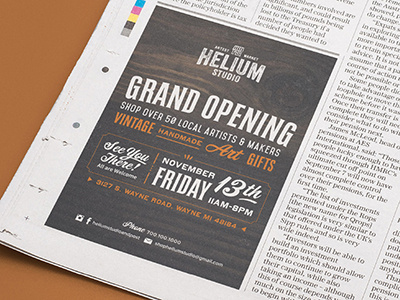
- Use Case: Ideal for businesses that want to reach a local or regional audience. For example, a local car dealership might use a newspaper ad to promote a weekend sale.
- Advantages: High circulation in local areas, trusted by readers, and effective for timely promotions.
2. Magazine Ads
Magazine ads are placed in magazines, which can be general interest or niche publications. Unlike newspapers, magazines often focus on specific topics like fashion, health, technology, or sports, allowing advertisers to target a more specific audience.
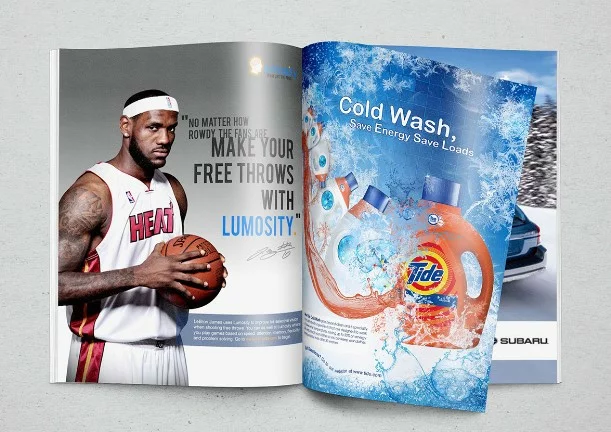
- Use Case: A cosmetics company might place an ad in a beauty magazine like Allure to reach women interested in skincare and makeup products.
- Advantages: High-quality print, long shelf life, and targeted readership that aligns with the advertiser’s products or services.
3. Brochures
Brochures are multi-folded leaflets that provide detailed information about a product, service, or event. They are typically handed out at events, left in high-traffic areas, or sent via direct mail. Brochures can be highly informative, including images, text, and contact information.
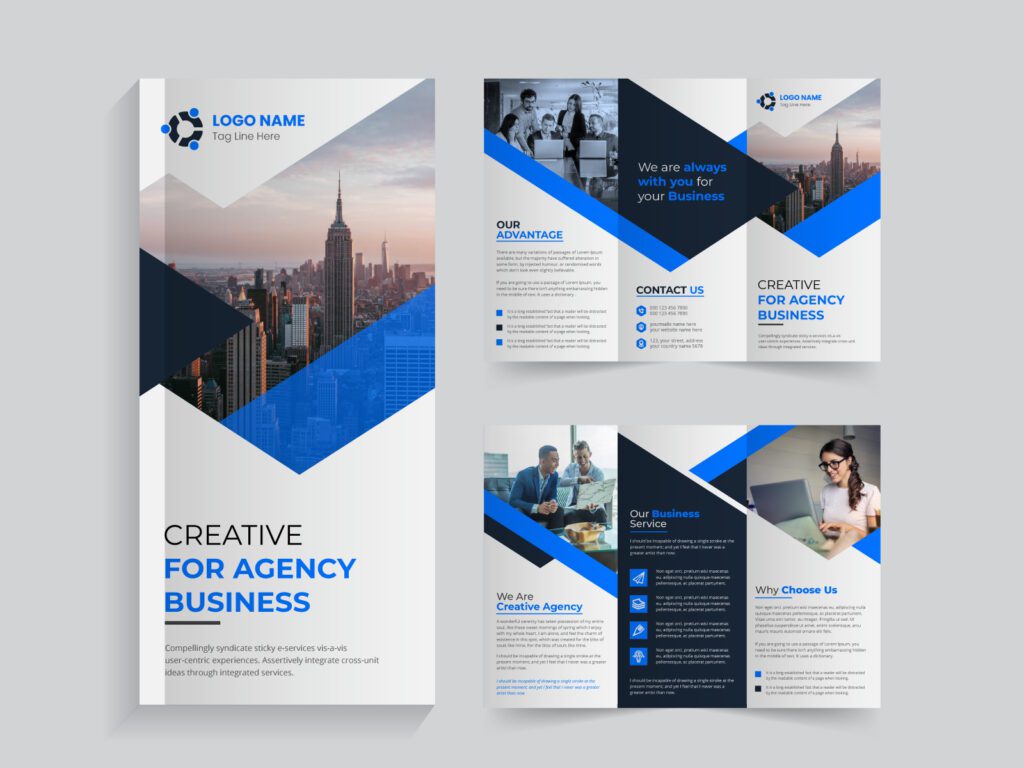
- Use Case: A real estate company might use a brochure to showcase a new housing development, including floor plans, pricing, and photos of the property.
- Advantages: Highly informative, portable, and can be kept by potential customers for future reference.
4. Flyers
Flyers are single-page advertisements, often used to promote events, special offers, or sales. They are usually distributed by hand, posted on bulletin boards, or left in public places. Flyers are cost-effective and can reach a large audience quickly.
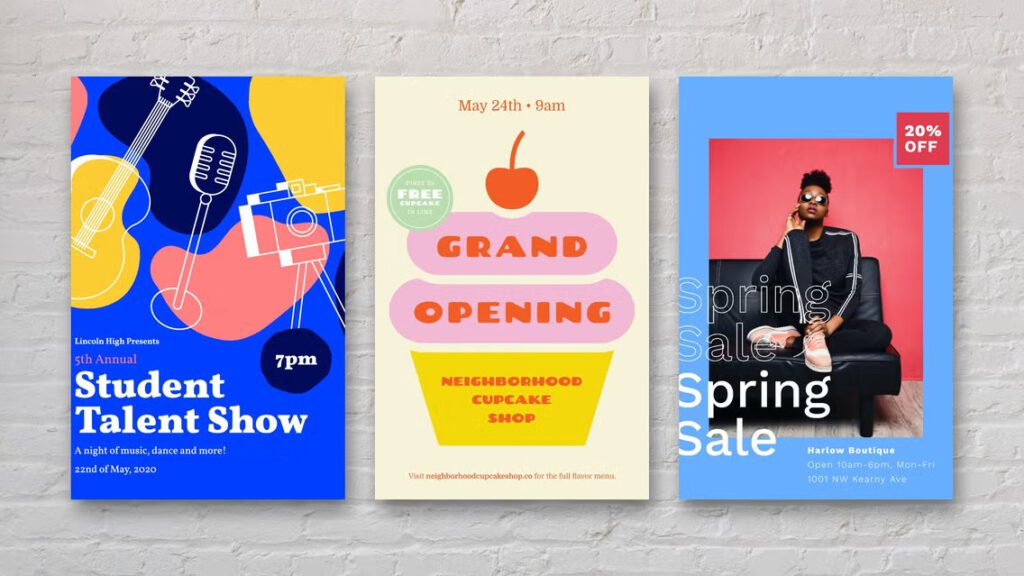
- Use Case: A nightclub might distribute flyers in a busy downtown area to promote an upcoming event or live performance.
- Advantages: Inexpensive, easy to produce, and can be distributed widely in a short amount of time.
5. Direct Mail
Direct mail involves sending printed advertising materials directly to people’s homes or businesses. This can include postcards, letters, catalogs, or brochures. Direct mail allows for personalized communication and is often used for targeted marketing campaigns.

- Use Case: A financial services company might send out direct mail postcards offering a special interest rate to current customers.
- Advantages: Highly targeted, personalized, and can track response rates through unique codes or offers.
6. Posters
Posters are large-format printed ads that are displayed in public spaces such as walls, shop windows, or public transport stations. They are designed to be eye-catching and deliver a message quickly. Posters are often used for event promotion, brand awareness, or public service announcements.
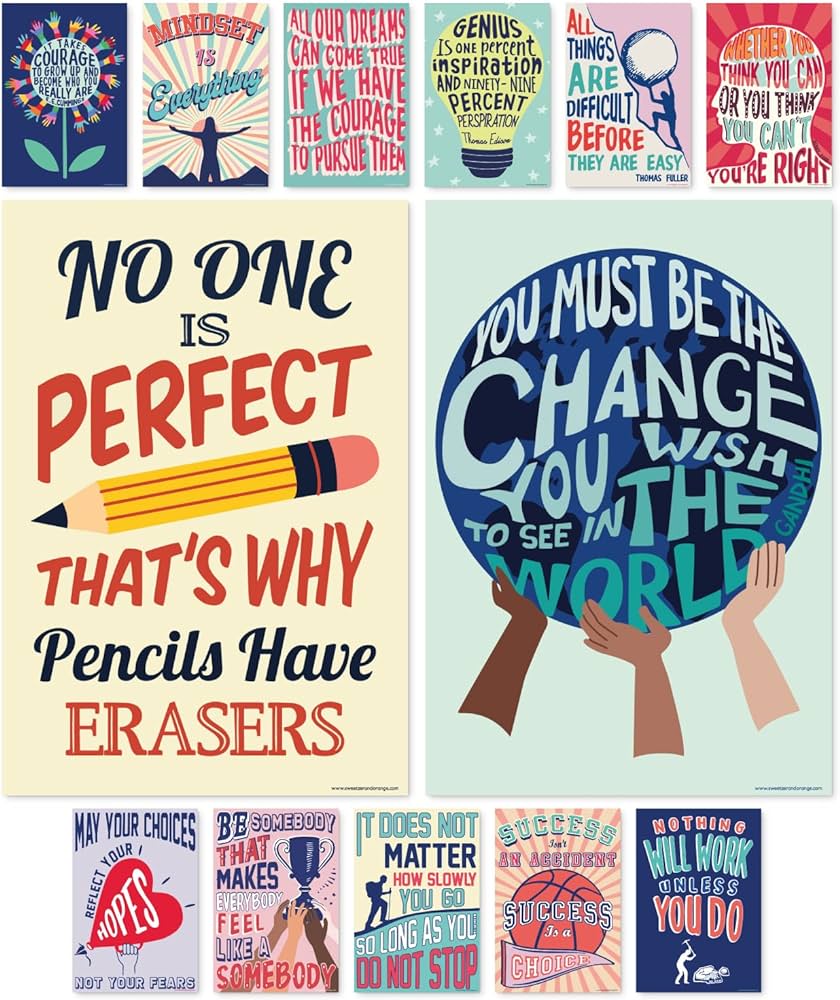
- Use Case: A music festival might use posters to promote the event, displaying the lineup and dates in busy urban areas.
- Advantages: Visually impactful, can reach a large number of people, and effective for building brand awareness.
7. Billboards
Billboards are extremely large outdoor advertisements typically placed along highways, in city centers, or other high-traffic areas. Billboard advertising is designed to grab attention from a distance and are often used for brand promotion or major product launches.
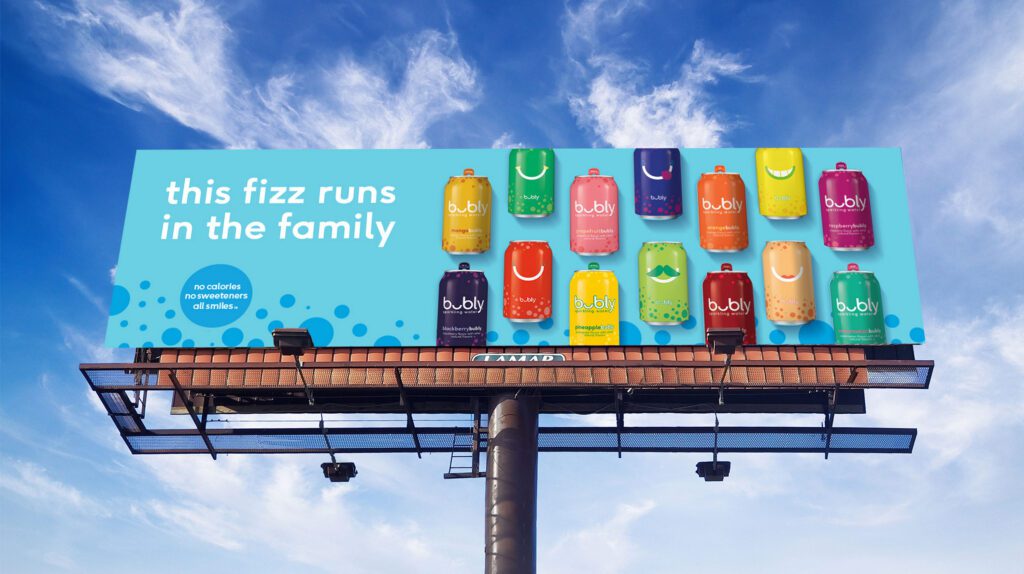
- Use Case: A beverage company might use a billboard to promote a new soda, featuring a bold image and a simple, memorable tagline.
- Advantages: High visibility, reaches a large audience, and can create a strong, lasting impression.
Each type of print advertising has its unique strengths and is chosen based on the target audience, the message to be conveyed, and the overall marketing strategy. By selecting the right format, advertisers can effectively reach their desired audience and achieve their advertising goals.
Frequently Asked Questions
1) What are the 4 print ad elements?
The four key elements of a print ad include the headline, which is designed to grab attention and introduce the main message of the ad; the image or visual, which draws the viewer in and visually supports the message; the copy, which is the main body of text that provides details and persuades the reader; and the call to action (CTA), which prompts the reader to take a specific action, such as calling a phone number or visiting a website.
2) What are the 5 parts of print advertisement?
A print advertisement typically consists of five main parts: the headline, which captures the reader’s attention; the subheadline, which provides additional context or detail under the headline; visuals or images, which include photos, illustrations, or graphics that enhance the overall message; the body copy, which is the main text that explains the offer, product, or service in detail; and the call to action (CTA), which directs the reader on what to do next, such as making a purchase or visiting a website.
3) What are the five major types of print?
The five major types of print advertising include newspaper ads, which are placed in daily or weekly newspapers; magazine ads, which are featured in magazines that target specific interests or demographics; brochures, which are informative, multi-folded leaflets used for detailed presentations of products or services; flyers, which are single-page ads distributed widely to promote events, sales, or special offers; and posters, which are large, visually striking ads displayed in public areas to grab attention quickly.
4) What are print ads?
Print ads are advertisements that appear in physical, printed media such as newspapers, magazines, brochures, flyers, posters, and billboards. These ads use a combination of visual and textual elements to promote products, services, or brands to a specific audience. They are a traditional form of advertising that leverages the tangible nature of print media to create lasting impressions and communicate messages effectively.

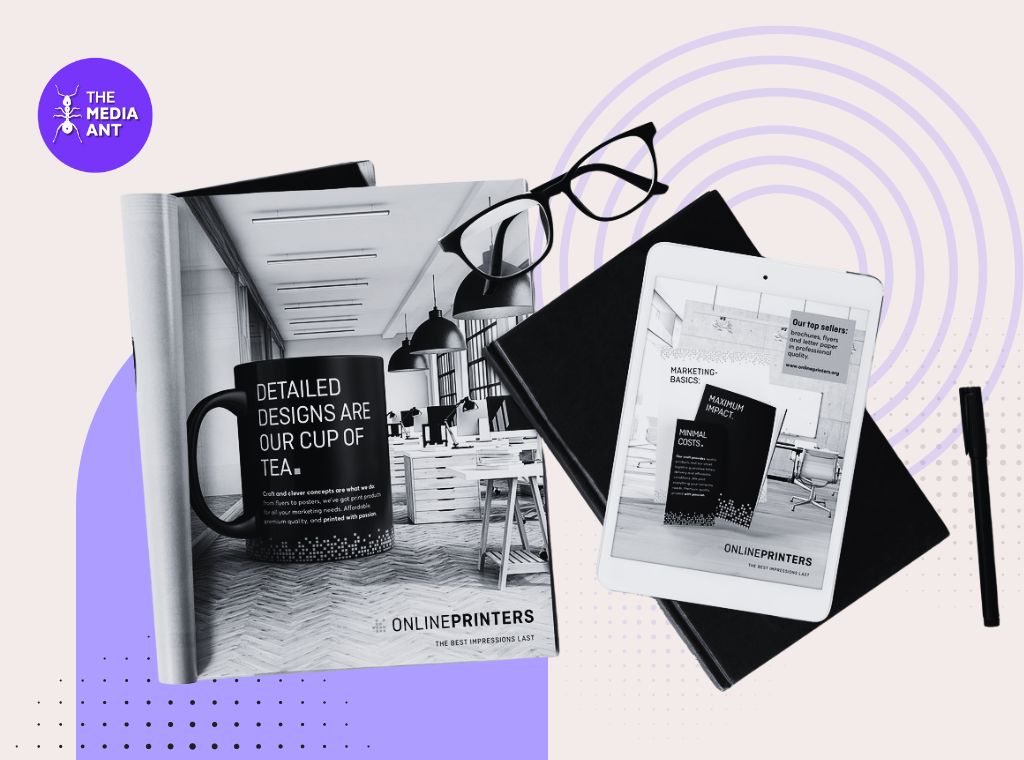




Very interesting article thanks you.
Advertising is important as it creates jobs
For many industries…